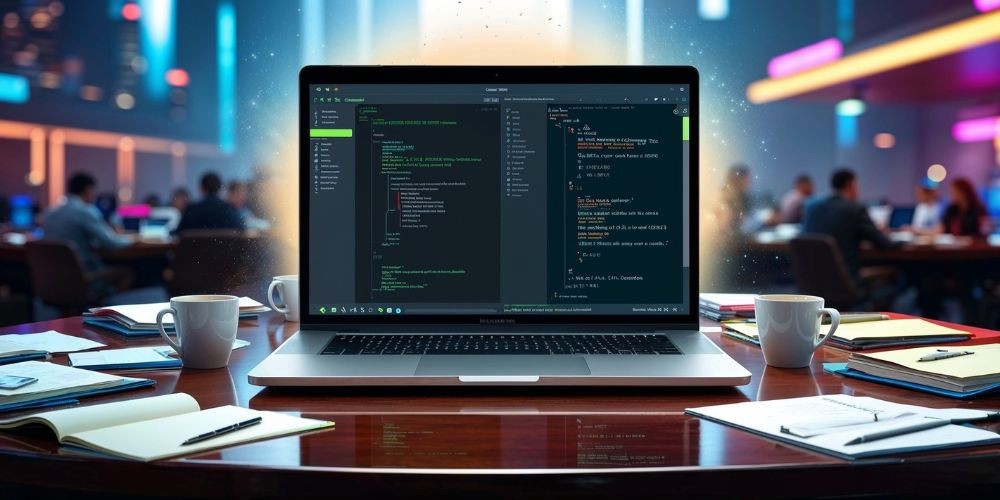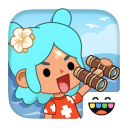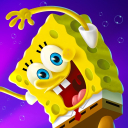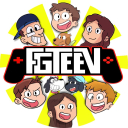Revolutionizing Collaboration: OpenAI Introduces the Canvas Interface for Enhanced AI Interaction in Project Development
Oct-07-2024

The unveiling of a novel capability boosts the collaboration between users and artificial intelligence in project development. Recently, following the annual DevDay event in San Francisco, OpenAI unveiled the Canvas interface that aims to streamline interactions within the ChatGPT platform. This addition creates a dedicated space for users to refine generated content or request modifications through specific tools, with functionality spanning coding and creative writing tasks.
The Canvas interface is a compact window integrated into the ChatGPT environment. Developed using GPT-4o, access to this feature is available for those utilizing the model. Currently in its early beta phase, it is being introduced to ChatGPT Plus and Team users worldwide, with plans for expansion to Enterprise and Edu users shortly. OpenAI reassures that once the beta phase concludes, the Canvas feature will be accessible to the entire user base.
This innovation fosters a sophisticated collaboration between humans and artificial intelligence on more intricate projects that require precise adjustments. Traditionally, users entered prompts to generate outputs from ChatGPT and relied on subsequent prompts to refine results, which often fell short of addressing minor edits. The Canvas interface introduces an additional level of engagement, empowering users to utilize inline editing tools during active sessions. For writing assignments, users will find five distinct tools available. The adjuster option modifies specific text portions, while the length adjustment facilitates both shortening and lengthening content. Furthermore, the reading level can be customized, accommodating various educational ranges from primary school to graduate studies.
The last two tools for text projects enhance the quality of writing. One inspects grammar, clarity, and consistency, while the other integrates relevant emojis to enrich expression. In the context of coding, the Canvas interface also includes five specialized tools. Users can prompt ChatGPT to review code for inline suggestions or utilize the log addition tool to incorporate print statements for debugging purposes. Another tool enables the inclusion of AI-generated comments that clarify specific code segments.
Moreover, users can identify and amend problematic code lines with a dedicated bug-fixing tool, while a language porting option enables the translation of code into languages such as JavaScript, TypeScript, Python, Java, C++, or PHP. Throughout this process, users maintain the ability to edit generated text and code directly, allowing for precise feedback to the AI, akin to the roles of a copy editor or reviewer. This new interface significantly enhances the user experience and project execution within the ChatGPT framework.






